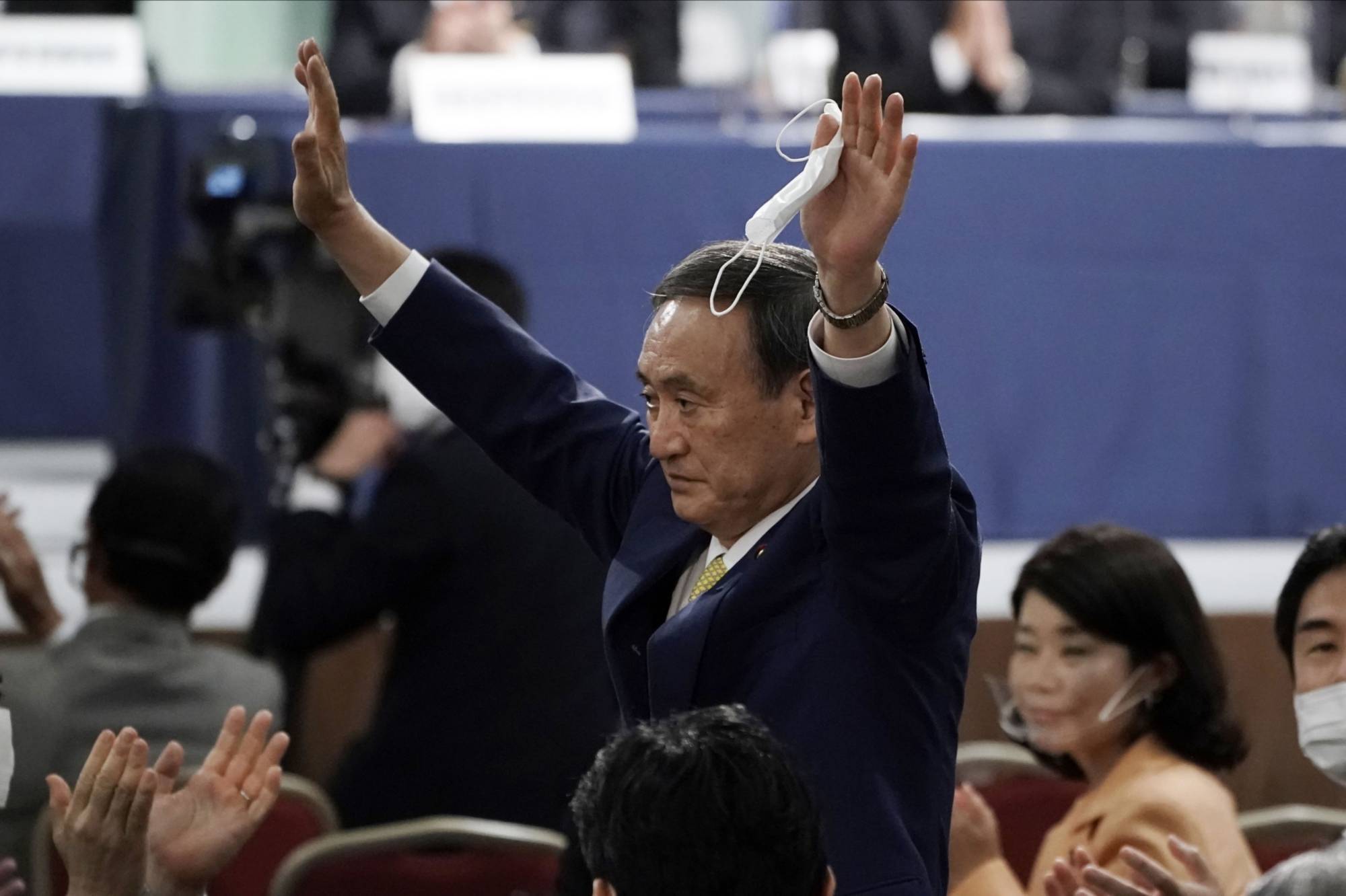Japan’s new prime minister, Yoshihide Suga, has arrived with a suite of ambitious policy ideas, including plans to digitize government services and revive the country’s regional banks. But he has yet to come up with an overarching theme that strikes a chord with the public. Here’s an idea: He should declare that by 2030, Japan will be positioned to make the best possible use of its one and only natural resource — its people.
Back in the 1980s, when the rest of the world looked admiringly at Japan for lessons about how to run an economy, it was assumed that the key to the country’s strength lay in its ability to tap a deep well of talent. After all, by that time Japan had become a high-wage, high-productivity, highly secure society with one of the world’s best education systems. In exchange for loyalty, Japanese high-school and university graduates alike received lifelong training and development from their employers. But, of course, this arrangement applied only to half the population: men.
Four decades later, Japan still has a great education system, which has made radical improvements on gender disparities. In the 1980s, most Japanese women had to make do with a two-year junior-college education. Less than 15% were enrolled in four-year university courses, compared to 35-40% of boys. This “education gap” explains why Japan has so few female leaders to this day.


















With your current subscription plan you can comment on stories. However, before writing your first comment, please create a display name in the Profile section of your subscriber account page.